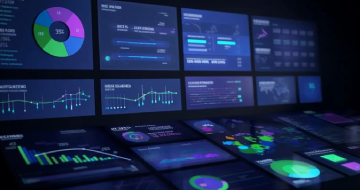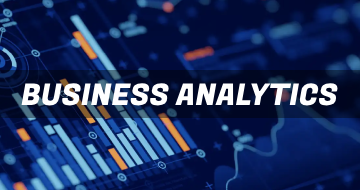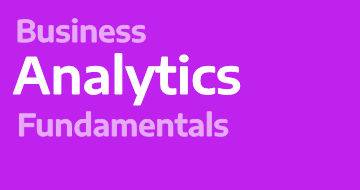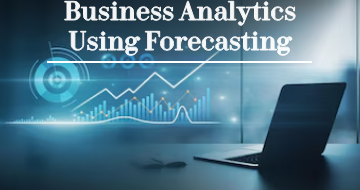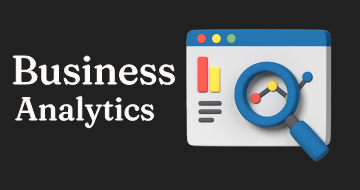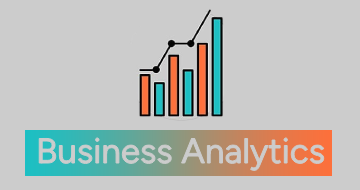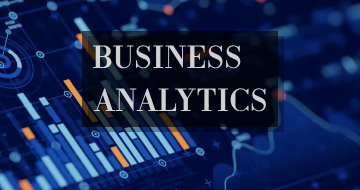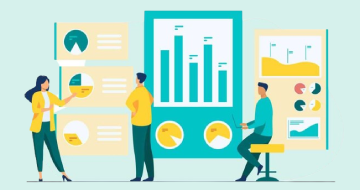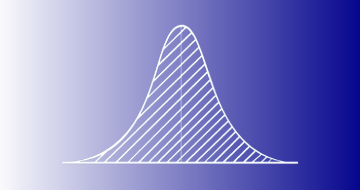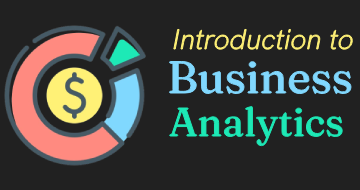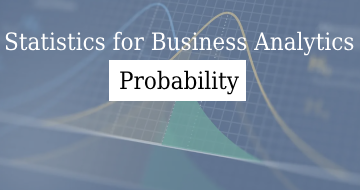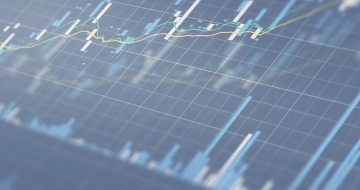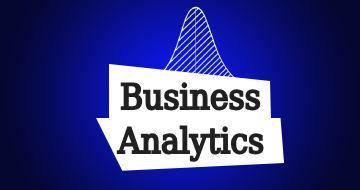IIRF Online > Business > Business Analytics & Intelligence > Business Analytics > Statistics for Data Science and Business Analysis
Statistics for Data Science and Business Analysis by Udemy
Statistics you need in the office: Descriptive & Inferential statistics, Hypothesis testing, Regression analysis
Course Highlights
- Understand the fundamentals of statistics
- Learn how to work with different types of data
- How to plot different types of data
- Calculate the measures of central tendency, asymmetry, and variability
- Calculate correlation and covariance
- Distinguish and work with different types of distributions
- Estimate confidence intervals
- Perform hypothesis testing
- Make data driven decisions
- Understand the mechanics of regression analysis
- Carry out regression analysis
- Use and understand dummy variables
- Understand the concepts needed for data science even with Python and R!
Skills you will learn!
Curriculum
2 Topics
What does the course cover?
Download all resources
2 Topics
Understanding the difference between a population and a sample
Population vs sample
16 Topics
The various types of data we can work with
Types of data
Levels of measurement
Levels of measurement
Categorical variables. Visualization techniques for categorical variables
Categorical variables. Visualization Techniques
Categorical variables. Visualization techniques. Exercise
Numerical variables. Using a frequency distribution table
Numerical variables. Using a frequency distribution table
Numerical variables. Using a frequency distribution table. Exercise
Histogram charts
Histogram charts
Histogram charts. Exercise
Cross tables and scatter plots
Cross Tables and Scatter Plots
Cross tables and scatter plots. Exercise
15 Topics
The main measures of central tendency: mean median and mode
Mean median and mode. Exercise
Measuring skewness
Skewness
Skewness. Exercise
Measuring how data is spread out: calculating variance
Variance. Exercise
Standard deviation and coefficient of variation
Standard deviation
Standard deviation and coefficient of variation. Exercise
Calculating and understanding covariance
Covariance. Exercise
The correlation coefficient
Correlation
Correlation coefficient
2 Topics
Practical example
Practical example: descriptive statistics
12 Topics
Introduction to inferential statistics
What is a distribution?
What is a distribution
The Normal distribution
The Normal distribution
The standard normal distribution
The standard normal distribution
Standard Normal Distribution. Exercise
Understanding the central limit theorem
The central limit theorem
Standard error
Standard error
13 Topics
Working with estimators and estimates
Estimators and estimates
Confidence intervals - an invaluable tool for decision making
Confidence intervals
Calculating confidence intervals within a population with a known variance
Confidence intervals. Population variance known. Exercise
Confidence interval clarifications
Student's T distribution
Student's T distribution
Calculating confidence intervals within a population with an unknown variance
Population variance unknown. T-score. Exercise
What is a margin of error and why is it important in Statistics?
Margin of error
7 Topics
Calculating confidence intervals for two means with dependent samples
Confidence intervals. Two means. Dependent samples. Exercise
Calculating confidence intervals for two means with independent samples (part 1)
Confidence intervals. Two means. Independent samples (Part 1). Exercise
Calculating confidence intervals for two means with independent samples (part 2)
Confidence intervals. Two means. Independent samples (Part 2). Exercise
Calculating confidence intervals for two means with independent samples (part 3)
2 Topics
Practical example: inferential statistics
Practical example: inferential statistics
7 Topics
The null and the alternative hypothesis
Further reading on null and alternative hypotheses
Null vs alternative
Establishing a rejection region and a significance level
Rejection region and significance level
Type I error vs Type II error
Type I error vs type II error
13 Topics
Test for the mean. Population variance known
Test for the mean. Population variance known. Exercise
What is the p-value and why is it one of the most useful tools for statisticians
p-value
Test for the mean. Population variance unknown
Test for the mean. Population variance unknown. Exercise
Test for the mean. Dependent samples
Test for the mean. Dependent samples. Exercise
Test for the mean. Independent samples (Part 1)
Test for the mean. Independent samples (Part 1)
Test for the mean. Independent samples (Part 2)
Test for the mean. Independent samples (Part 2)
Test for the mean. Independent samples (Part 2). Exercise
2 Topics
Practical example: hypothesis testing
Practical example: hypothesis testing
11 Topics
Introduction to regression analysis
Introduction
Correlation and causation
Correlation and causation
The linear regression model made easy
The linear regression model
What is the difference between correlation and regression?
Correlation vs regression
A geometrical representation of the linear regression model
A geometrical representation of the linear regression model
A practical example - Reinforced learning
14 Topics
Decomposing the linear regression model - understanding its nuts and bolts
Decomposition
What is R-squared and how does it help us?
R-squared
The ordinary least squares setting and its practical applications
The ordinary least squares setting and its practical applications
Studying regression tables
Studying regression tables
Regression tables. Exercise
The multiple linear regression model
The multiple linear regression model
The adjusted R-squared
The adjusted R-squared
What does the F-statistic show us and why do we need to understand it?
12 Topics
OLS assumptions
OLS assumptions
A1. Linearity
A1. Linearity
A2. No endogeneity
A2. No endogeneity
A3. Normality and homoscedasticity
A3. Normality and homoscedasticity
A4. No autocorrelation
A4. No autocorrelation
A5. No multicollinearity
A5. No multicollinearity
1 Topic
Dummy variables
1 Topic
Practical example: regression analysis
1 Topic
Bonus lecture: Next steps

Statistics for Data Science and Business Analysis


